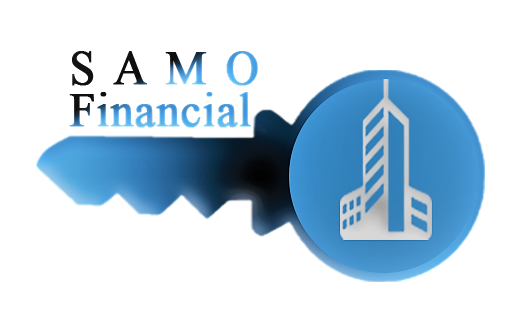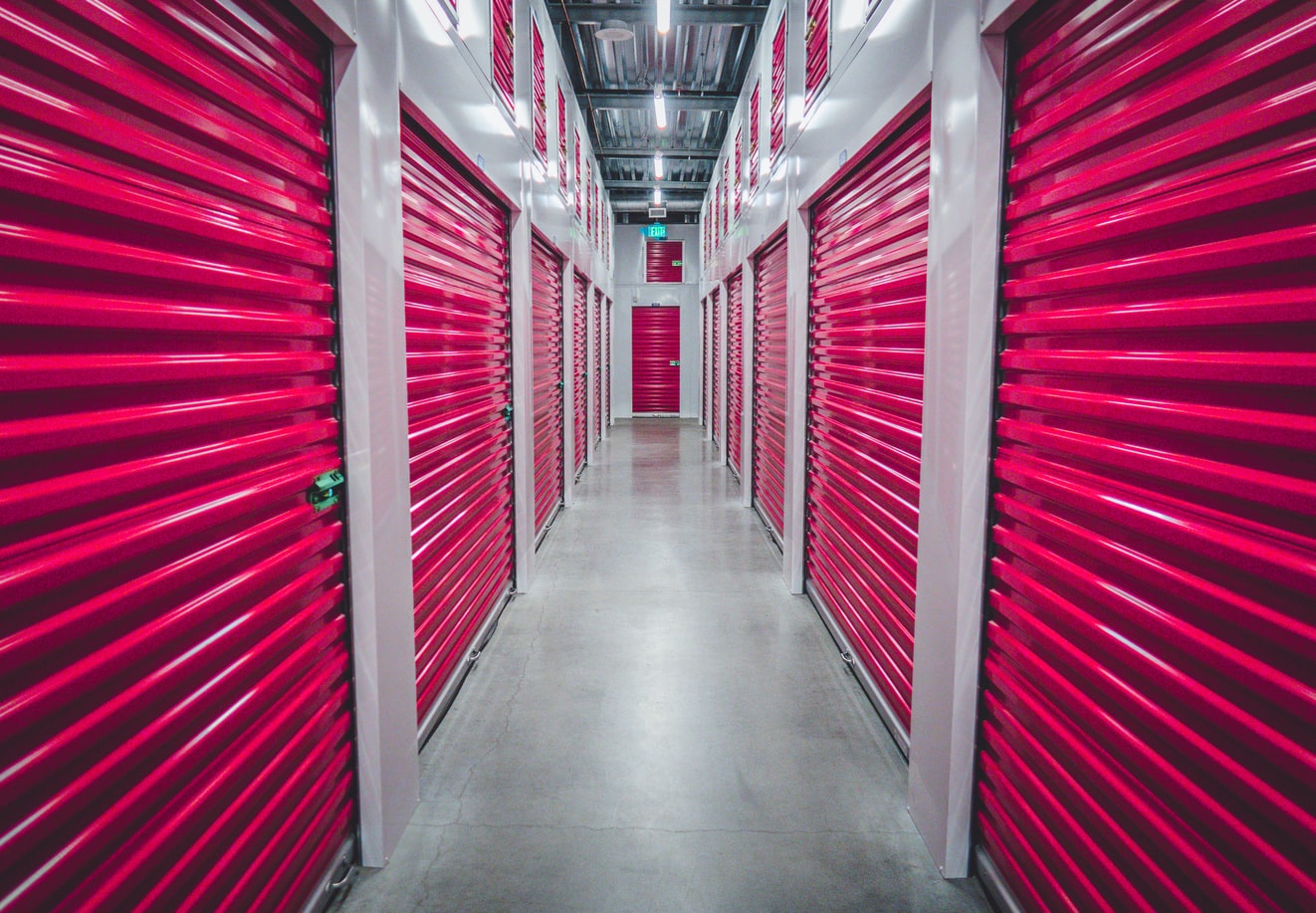Pros and Cons of Investing in the Self-Storage (Or Why not another commercial asset class?!)
Alina Trigub2020-12-26T21:10:39+00:00Pros and Cons of Investing in the Self-Storage
Investing in self-storage facilities is a lucrative venture for real estate investors looking to diversify their portfolio into multiple asset classes. The self-storage industry has grown exponentially over the last twenty-five years as demand for the flexibility afforded by this product has increased. This article discusses the pros and cons of investing in self-storage versus other commercial real estate asset classes.
Pros of Investing in the Self-Storage
Storage facilities have quite a few attractive features for an investor.
Below is a summary of the highlights.
1. Minimal Infrastructure
First and foremost, storage units are simple to construct and maintain. Because a traditional plumbing system is not required, these buildings are much cheaper to construct than other building types. Land development considerations aside because they vary significantly by location, self-storage requires minimal infrastructure. Lighting and a good security system are the critical components that all well-designed storage units share, while mechanical and fire protection requirements vary based on the content being stored at the specific location. Storage for combustible items will require installation of sprinklers and/or a fire alarm system per the NFPA and IFC codes. Lastly, storage for sensitive content like artwork and artifacts involves precise environmental controls which can be expensive to install, but yield higher monthly rents.
2. Low Operational Expenses and High ROI
Simpler buildings have fewer things that can break, resulting in fewer emergencies and a lower cost to maintain the premises. According to Parham Group’s real estate survey, self-storage generates an annual rent similar to that of multifamily rents ($7.5 – $12 / s.f.) yet costs much less to operate ($2.75 – $3.25 / s.f. for self-storage vs. $3.50 to $5.00 s.f. for multifamily, office, and retail buildings). These numbers represent national industry averages. The ROI of a storage facility will vary significantly based on the financing of the deal.
3. Economic Resilience
Self-storage is uniquely positioned in the market to thrive in both upturns and downturns of the economy. During an upturn, residential sales increase as home owners move into nicer homes creating greater demand for temporary storage during the transition. In a downturn, self-storage will typically experience a stronger demand for offsite storage from families who choose to downsize or rent.
4. Flexible Business Model
As noted in #1 above, there are several tiers of quality for storage units. An investor can choose to focus on one or offer a variety of different types and sizes based on the demands of the market. Additionally, storage units lend themselves well to sharing a location with another business. For example, many U-Haul locations also offer onsite storage. Other self-storage landlords market to startups to use their storage units as temporary offices in the early stages of building their businesses. In addition to a monthly rental fee, self-storage landlords also generate revenue through retail, late fees, administration fees, and truck rental commissions or other types of lucrative add-ons. For example, in one of our projects we installed vending machines throughout the facility to give our tenants access to snacks and drinks.
5. Tenant Rights
A traditional landlord must comply with local tenant regulations. Evicting a bad tenant can become a time consuming and expensive ordeal depending on the local laws. Landlords of storage units do not share this concern. In fact, by law, the storage facility owner has a lien against all personal property stored in their space. The owner can sell, move, or dispose of a tenant’s property if they fail some duty or obligation of the lease. This legal protection creates a lower risk environment for a self-storage landlord.
Cons of Investing in the Self-Storage
Despite the many positives discussed above, potential investors need to understand that self-storage landlords still have to consider challenges unique to the self-storage business model.
1. Market Positioning
While self-storage can thrive in many economic situations, a thorough understanding of the local market demands is critical to success. Self-storage buildings should be located in areas with heavy car traffic (minimum of 20,000 to 30,000 daily) where there is not a lot of competition. This is ultimately what will drive profitability. It is also important to offer the right mix of units (drive up vs interior) and amenities (conditioned, high security, 24/7 access, etc.) to meet the needs of the local community. For example, an urban community in NYC might value free delivery of their stored items while a suburban community could prefer drive-up units.
2. Management
Despite the low operating and maintenance expenses, self-storage owners find that getting and keeping good management is still a significant challenge. These buildings are often run by a single trustworthy property manager, who can work with minimal oversight. This position should offer incentives for growth to ensure that this is a long-term position.
3. Tenant Demographics
Tenants in a typical quality self-storage building can be a transient population, often experiencing some level of stress in their living situation. This is especially true if a tenant has been unexpectedly evicted. An elevated level of drama in client interactions can be expected from time to time. Sometimes these tenants will also have trouble paying their monthly rental fees. A calm and collected manager will go a long way towards keeping the business running smoothly despite periodic high-tension exchanges.
4. Month to Month Tenancy
The transient nature of the self-storage business model dictates that tenants are constantly moving in and out of the facility. This continuous turnover requires active management in order to minimize vacancy rates.
5. Lower NOI
As a general rule of thumb, the overall net operating income (NOI) for self-storage is typically lower than for a multi-family development. However, the ratio of income generated versus expenses incurred is much higher. So, this aspect can actually be listed as both a pro and a con for investing in self-storage.
In summary, while each asset class will always have its pros and cons, it is important to determine what’s the most critical aspect of a specific asset class that attracts you to is as an investor. Does it outweigh the cons for you personally? If so, then don’t delay taking action.
Note: This article is written in collaboration with Krista Kennedy.











